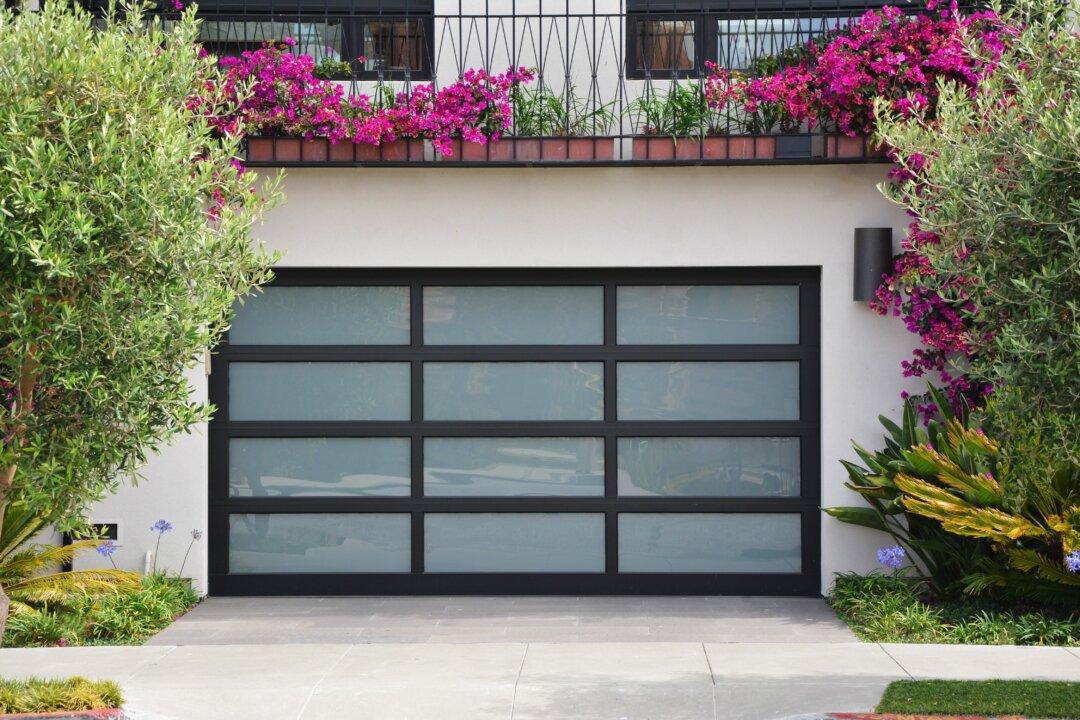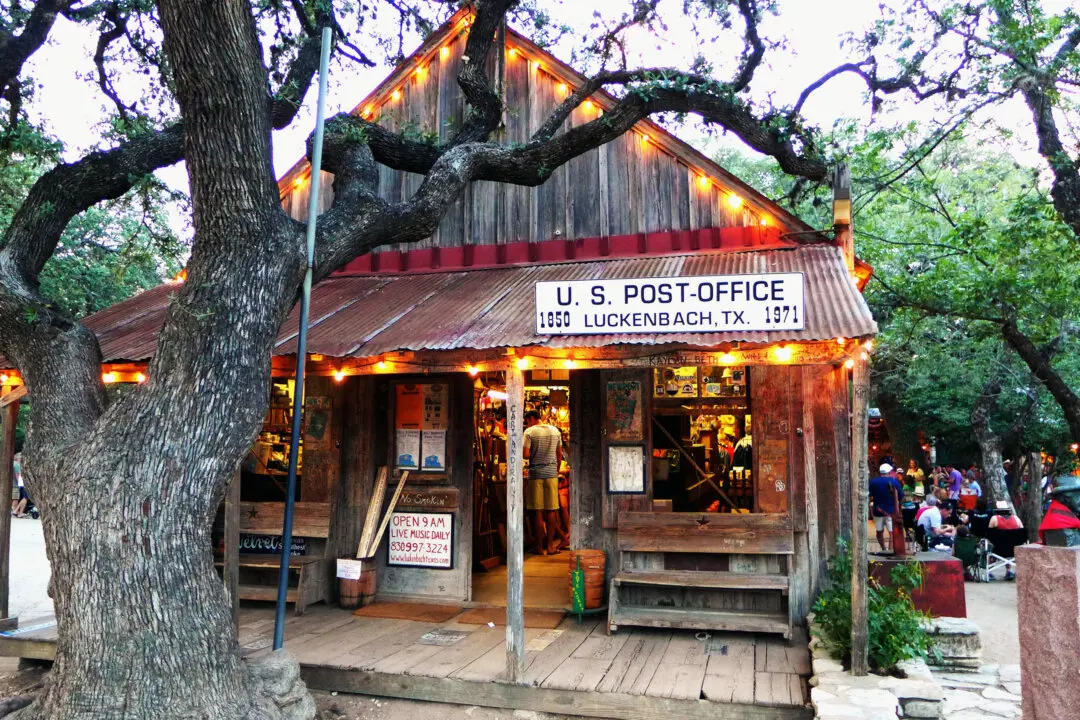By Robyn A. Friedman
From Kiplinger’s Personal Finance
Are you planning to spruce up your home? Whether you’re getting ready to sell your house or you’re just tired of having a dated kitchen or bathroom, it’s important to make smart, cost-effective choices when you renovate.






